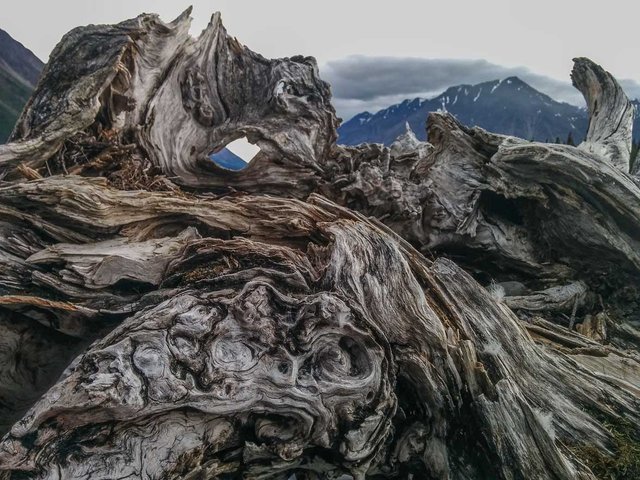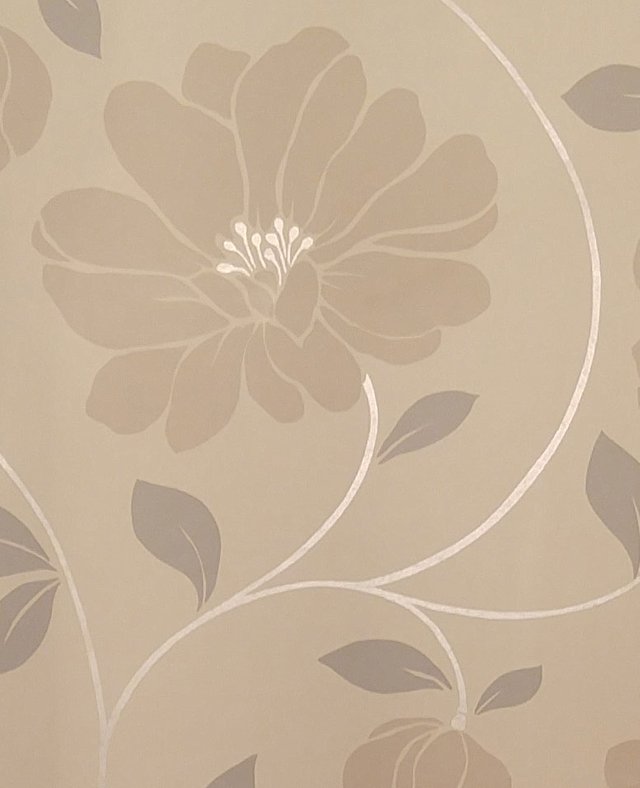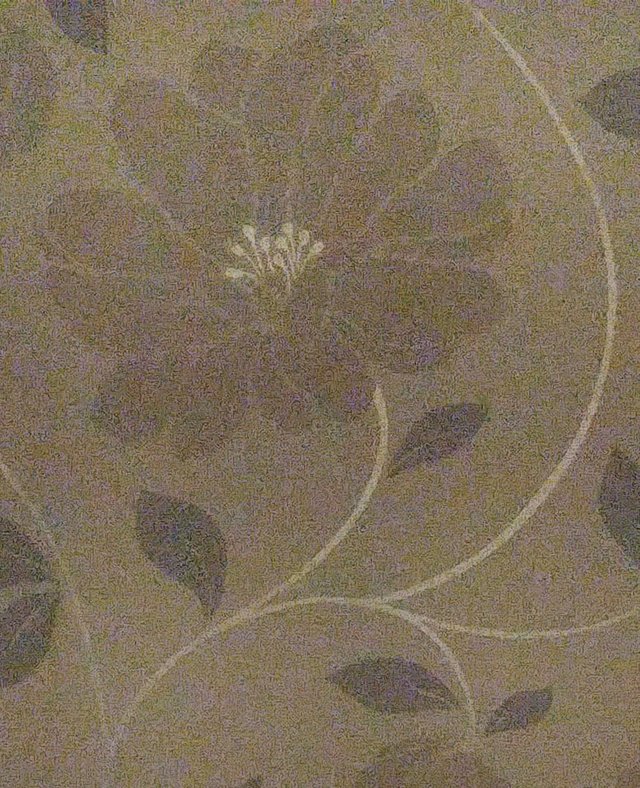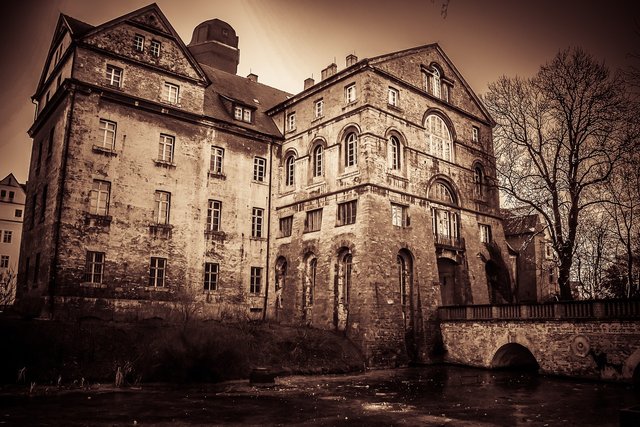Photography Basics – 1c – The Exposure Triangle: ISO

This is the third post in a series of short lessons designed to give you total control of your camera.
At long last, we come to the concluding chapter of Photography Basics 1. From here we’ll move to Chapter 2, where we put all these elements together.
Keeping with tradition, understanding ISO is easier than understanding shutter speed, which was easier than understanding aperture. That is to say, today’s lesson will be a quick one.
Sensitivity

This is essentially what we’re talking about. ISO is a measurement of how sensitive your medium (film or digital sensor) is to light. The higher the ISO number, the easier it is for your camera to capture images in low light.
ISO settings are shown on a scale that doubles with every number. So if the lowest number is 100, the next number will be 200, then 400 and so on. With each increment, the mediums sensitivity to light doubles. We'll talk about how to use these numbers in relation to f-stops and shutter speed in the next article.
The Rub
Unfortunately, you can’t just crank up ISO to its highest setting and take awesome night-vision pictures. In fact, if you use an older camera like I do, you'll want to keep the ISO number as low as possible. This is because higher ISO numbers add more noise to photographs.
Noise


The above picture on the left was taken with my camera's lowest ISO setting. The one on the right with its highest ISO setting. The difference in picture quality is clear. If you want a photo with less noise, use a lower ISO number.
Each camera has what's called a "base ISO". Usually, camera manufacturers mark this by making those numbers a different colour. If you have enough light, this is the best setting to use for your camera. It will provide the cleanest looking photographs.
So, never use a high ISO then?

That isn't exactly the case. While I've given you an extreme example of how ISO affects pictures, it doesn't mean that higher numbers will always have such a drastic effect. If you're using a new camera, something like a Sony A7sii for instance, you can take incredibly resolute pictures with extremely high ISO numbers.
Likewise, if you're shooting in a dark setting and you need just a little bit of boost, kicking up the ISO won't totally destroy what you're trying to achieve.
The easiest way to understand how your particular camera handles ISO is by playing with it. When you have a free minute, take a few pictures with your lens cap on, at different ISOs. You'll be able to see the grain clearly. Now take a few shots around the house.
What this all boils down to:
Exposing photographs in manual mode is a bit of a balancing act. You have to consider if you want a shallow depth of field, how fast your subject is moving, and how much grain you think is appropriate for the look you want to achieve. For instance, if you're trying for a vintage look, maybe allowing a little extra noise would help the picture.
Hey @catharcissism, I went through your page and want to invite you to a group of content makers: https://steemit.com/steemit/@whatageek/the-content-makers-group-join-us
It is a way for content makers to help each other by voting for their work. Let me know if you are interested.
Thank you!
Great series! Very Informative!
Thanks Jason!
As a not very good photographer this was a great post, thanks for the info and hopefully it will improve my meagre skills!
Congratulations @catharcissism! You have completed some achievement on Steemit and have been rewarded with new badge(s) :
Click on any badge to view your own Board of Honnor on SteemitBoard.
For more information about SteemitBoard, click here
If you no longer want to receive notifications, reply to this comment with the word
STOPBy upvoting this notification, you can help all Steemit users. Learn how here!